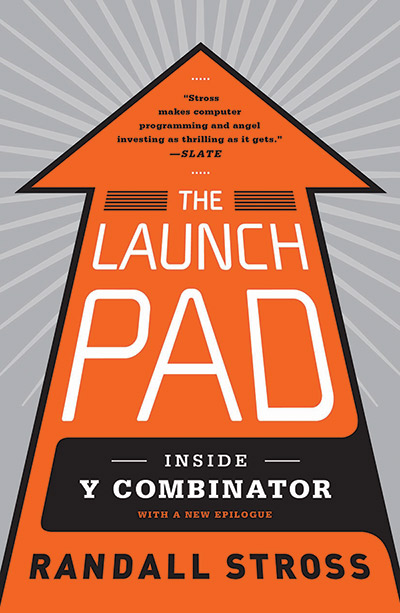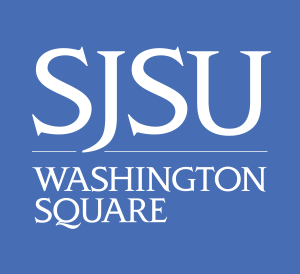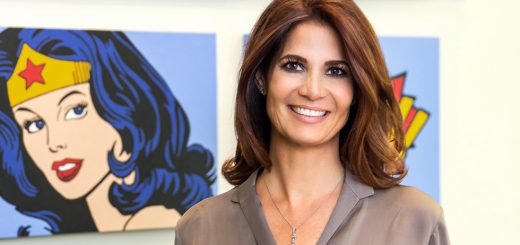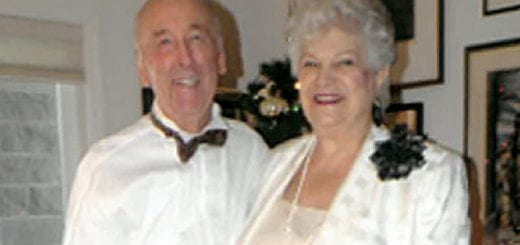First Person: It starts in Silicon Valley

Adapted from The Launch Pad, by Randall Stross, SJSU professor of business. Now available in paperback.
San Francisco Gray Line is the largest sightseeing tour company in Northern California. It offers tours of San Francisco, of Muir Woods and Sausalito or the wine country north of the city, but it no longer offers a tour of Silicon Valley, immediately south. From a bus seat, there just isn’t much to be seen.
Silicon Valley’s past is more accessible than its present. There’s the Computer History Museum, and Intel has a museum of its own. And there are the garages, of course, beginning with Hewlett and Packard’s, then Steve Jobs’s parents’, and then the rented garage that served as Google’s first off-campus office space. But these are ghostly places, the uninteresting physical vestiges of startups that have long since departed.
To glimpse what comes next in Silicon Valley, one needs to see the most promising startups, not museums and historic garages. There are literally thousands of startups, dispersed along the sixty-mile corridor that extends between San Francisco and San José, but they all operate under secrecy until they are ready to launch their first product. That’s why there can never be a Gray Line tour of Silicon Valley’s Future.
It’s a shame, because this place is creating everyone’s future. “Software is Eating the World”—the venture capitalist Marc Andreessen has come up with a rather catchy way of describing the disruption, underway or coming soon, to industries seemingly distant from the tech world. Software-based startups will do much of the disrupting. They take advantage of cloud-based Internet services that make computing power a utility, easily tapped, and whose cost has dropped a hundred-fold in the ten years since first introduced. No place in the world has anything approaching the concentration of software startups in Silicon Valley, and this is where the majority of future disruptors will appear.
“All beginnings are full of possibility, and beginnings are now mass-produced in Silicon Valley.”



